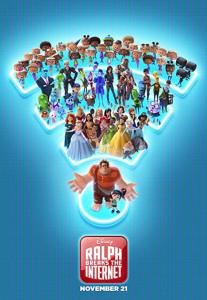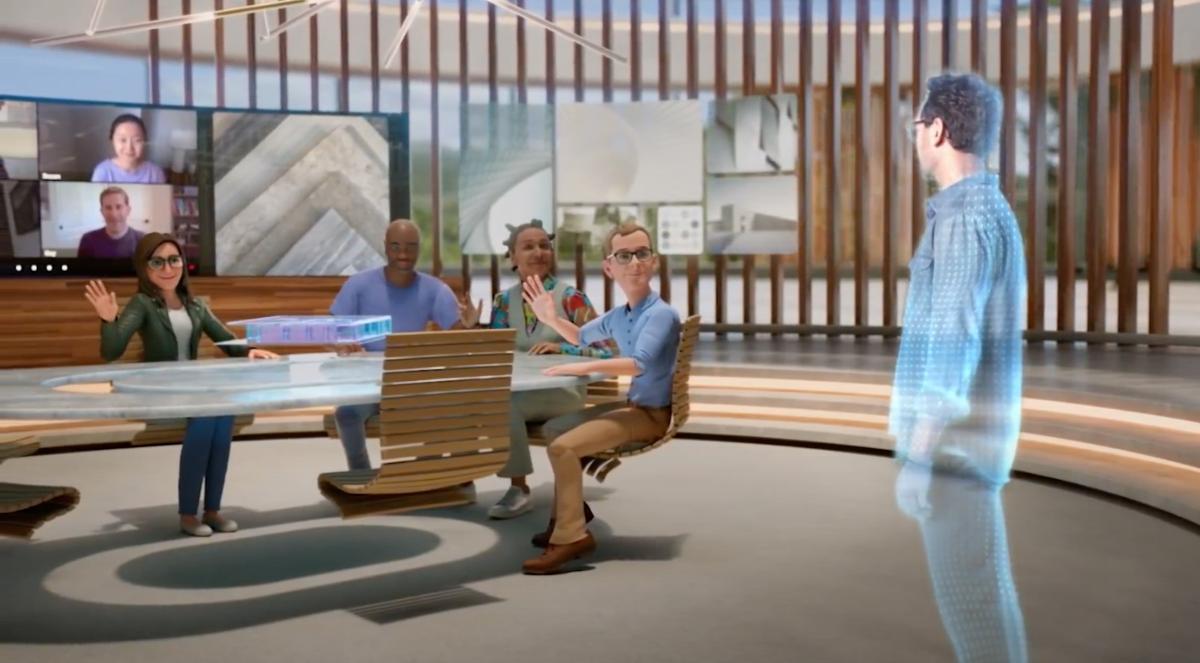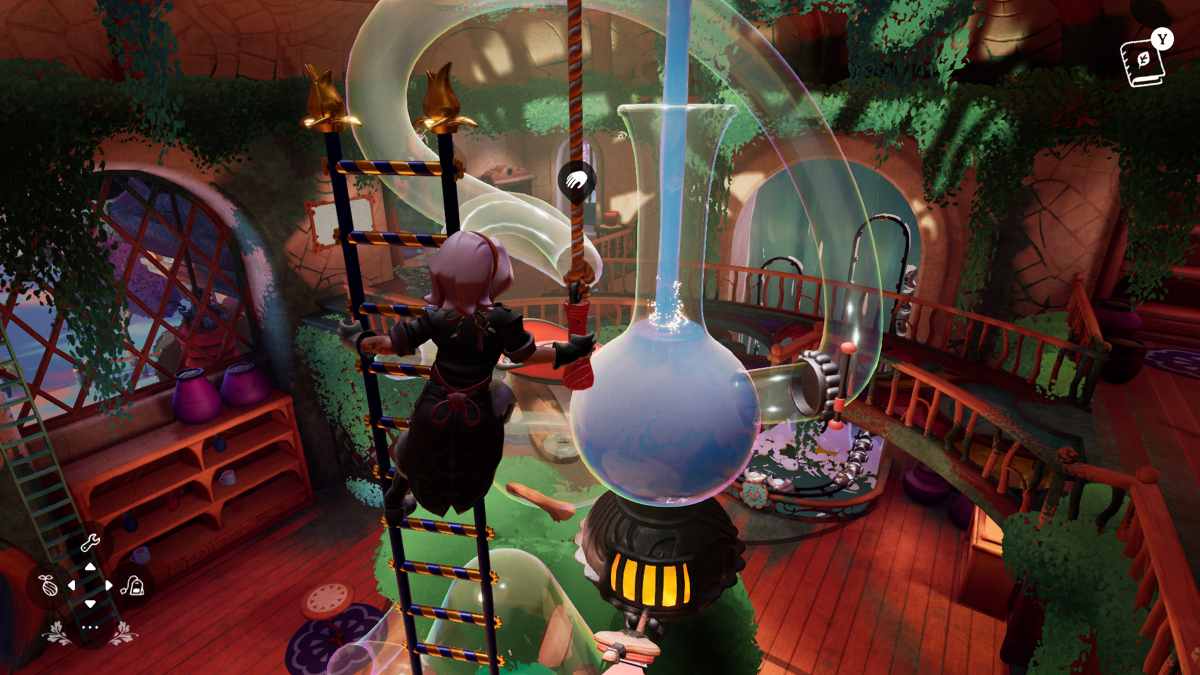Since Facebook changed its company name to “Meta,” the term ‘Metaverse’ has become a hot topic. While it may sound confusing at first, gamers have been involved with the concept of Metaverse for the entirety of their gaming career.
If you’ve been a gamer your whole life, the metaverse concept may sound familiar to you. All the MMORPGs and other role-playing games had their own worlds where players could explore, make friends, and even shop from NPCs in exchange for in-game currencies. Though most of these games didn’t require VR headsets, they also had a metaverse concept of their own. Games like World of Warcraft, Knight Online, Pokémon invited players to visit their fantasy worlds, and the current metaverse concept is looking to accomplish something similar while focusing on real-life aspects.
What does metaverse mean?
To understand the basics of Metaverse, however, we’ll need to take off the gaming goggles for a second. Imagine the internet that we use every day to purchase items online or play games with our friends. The whole internet experience we have available to us right now is essentially two-dimensional. While the apps we use frequently can have three-dimensional elements inside them, we practically use two-dimensional input methods like computers, phones, and tablets.
The concept of Metaverse takes the whole internet experience and upgrades it to a three-dimensional space. This means that with the right equipment, VR headsets, users will have a chance to instantly teleport to their favorite store and potentially try clothes from the comfort of their home before deciding on ordering them.
When stepping foot into the Metaverse, users will be able to create a digital version of themselves that’ll serve as their digital twin. It’s currently unclear whether there will only be a single metaverse in the future or a bunch of them, but many companies are currently battling against each other in terms of quality to create the best metaverse product, and take the largest market share.
Thanks to the Metaverse, people may not need to commute to work every day since they’ll have the option to spawn in their company’s conference room in a blink of an eye. This is also where it all gets interesting. If we were to say that there was only going to be a single metaverse project that’s going to make it, companies and other entities would need to pay a certain fee to also exist in the Metaverse.
Right now, multiple metaverse projects are auctioning land and buildings to the highest bidders. Below, for example, you can see the current map of Sandbox’s, a blockchain-based 3D open-world game, Metaverse.
The likes of ATARI, Snoop Dogg, and Steve Aoki already have their own places on the map and the competition will only get fiercer as the Metaverse continues to evolve.

How can you get into the Metaverse?
At the time of writing this article, there isn’t a “the metaverse,” because there isn’t a single metaverse project that made it to the mainstream, but there are multiple examples who are experimenting with the idea of the Metaverse. CEEK and Sandbox aren’t the only projects that test the limits of the Metaverse, and more VCs are entering the scene every day to get themselves an early spot in this second coming of the internet.
If you’d like to see what it’s like inside a metaverse, all you need is a VR headset. Research one of the most popular and working metaverse projects like CEEK, OVR, or Decentraland, and hop inside to beta test your potential future life.
What will we be able to do in the metaverse?
The current concept of the metaverse focuses on allowing people to do anything they can do in real life. Going to a work meeting, hanging out with friends, shopping, concerts, performances, and even sightseeing can technically be done in the metaverse.
This, however, depends entirely on the general public and how they choose to adopt the metaverse into their lives. For all that we know, the metaverse concept that aims to digitize our lives may fail and the metaverse concept can only thrive in the gaming world, allowing gamers to jump into their favorite games in person. This question should start answering itself as more metaverse projects finalize their development.
Is there anything you should watch out for in the Metaverse?
Metaverse is still a fairly new concept and there are countless parties working on the concept to make it perfect. Right now, it only takes a VR headset to dive into the Metaverse. You may find yourself driven to purchase digital items that come in the form of non-fungible tokens (NFTs) in metaverse projects, and if you have a disposable income that you can spare to such hobbies and be careful with your spendings, there should be nothing to worry about.
This might change in the future, though, depending on the type of Metaverse we end up with. If the metaverse concept heavily reflects our current everyday lives, maybe there can also be crime in it. Identity theft can be one of the first security problems that the metaverse concept has to deal with, but that’s very much into the future, and many bright minds are working on the concept as a whole to make it perfect.
Is the metaverse possible?
The metaverse concept may sound feasible, but it’s unlikely to become a reality unless it adopts Web3.
Web3 is a decentralized version of the World Wide Web, based on a blockchain. This concept also allows metaverse to support token-based economics, which will be needed if it aims to replace real life.
Are there any examples of the Metaverse?




While there isn’t a standalone product that can be defined as the Metaverse right now, a couple of movies and TV shows do an excellent job of reflecting how the Metaverse can work.
The movie Ready Player One, and Amazon’s Upload are two of the best showcases how a metaverse could become a part of our lives. Even Disney’s Ralph Breaks the Internet can be considered a metaverse example since it features characters switching from Metaverse to Metaverse as they switch games.
If the Metaverse hype is only getting started, modern internet users may be witnessing history. When the internet came out in 1983, it took a while to become a mainstream product, but considering the adoption speed we currently have thanks to social media and other products, the Metaverse has a chance to become a part of our lives almost instantly.













Published: May 19, 2022 11:15 am